- Home
- Articles
- Architectural Portfolio
- Architectral Presentation
- Inspirational Stories
- Architecture News
- Visualization
- BIM Industry
- Facade Design
- Parametric Design
- Career
- Landscape Architecture
- Construction
- Artificial Intelligence
- Sketching
- Design Softwares
- Diagrams
- Writing
- Architectural Tips
- Sustainability
- Courses
- Concept
- Technology
- History & Heritage
- Future of Architecture
- Guides & How-To
- Art & Culture
- Projects
- Interior Design
- Competitions
- Jobs
- Store
- Tools
- More
- Home
- Articles
- Architectural Portfolio
- Architectral Presentation
- Inspirational Stories
- Architecture News
- Visualization
- BIM Industry
- Facade Design
- Parametric Design
- Career
- Landscape Architecture
- Construction
- Artificial Intelligence
- Sketching
- Design Softwares
- Diagrams
- Writing
- Architectural Tips
- Sustainability
- Courses
- Concept
- Technology
- History & Heritage
- Future of Architecture
- Guides & How-To
- Art & Culture
- Projects
- Interior Design
- Competitions
- Jobs
- Store
- Tools
- More
Color as Concept: Buildings that Speak Through Color
In architecture, color is not only an aesthetic choice but also is a tool for creating identity of buildings. Public and commercial buildings in particular have potential of creating sense of belonging, visibility and brand value through color. Color makes building memorable and it helps to create sensory connection with the users. Some buildings are recognized by their colors, this recognition is the result of a conscious design decision.

Table of Contents
ToggleColor as Identity: Branding and Expression through Facades
In architecture, color is not only an aesthetic choice but also is a tool for creating identity of buildings. Public and commercial buildings in particular have potential of creating sense of belonging, visibility and brand value through color. Color makes building memorable and it helps to create sensory connection with the users. Some buildings are recognized by their colors, this recognition is the result of a conscious design decision. Architects make this decision during the design process. Color is used for identity by architects, we’ll see the examples from Spain to United Kingdom.

Serpentine Pavilion (2015), SelgasCano
This structure is an example of experiential architecture branded with the use of transparent and colored ETFE. In this pavilion, SelgasCano uses colored surfaces not only as an aesthetic element but also as a means of spatial orientation and atmospheric creation. The translucent facades invite visitors in from different angles, transforming into a constantly changing play of colors when exposed to daylight.
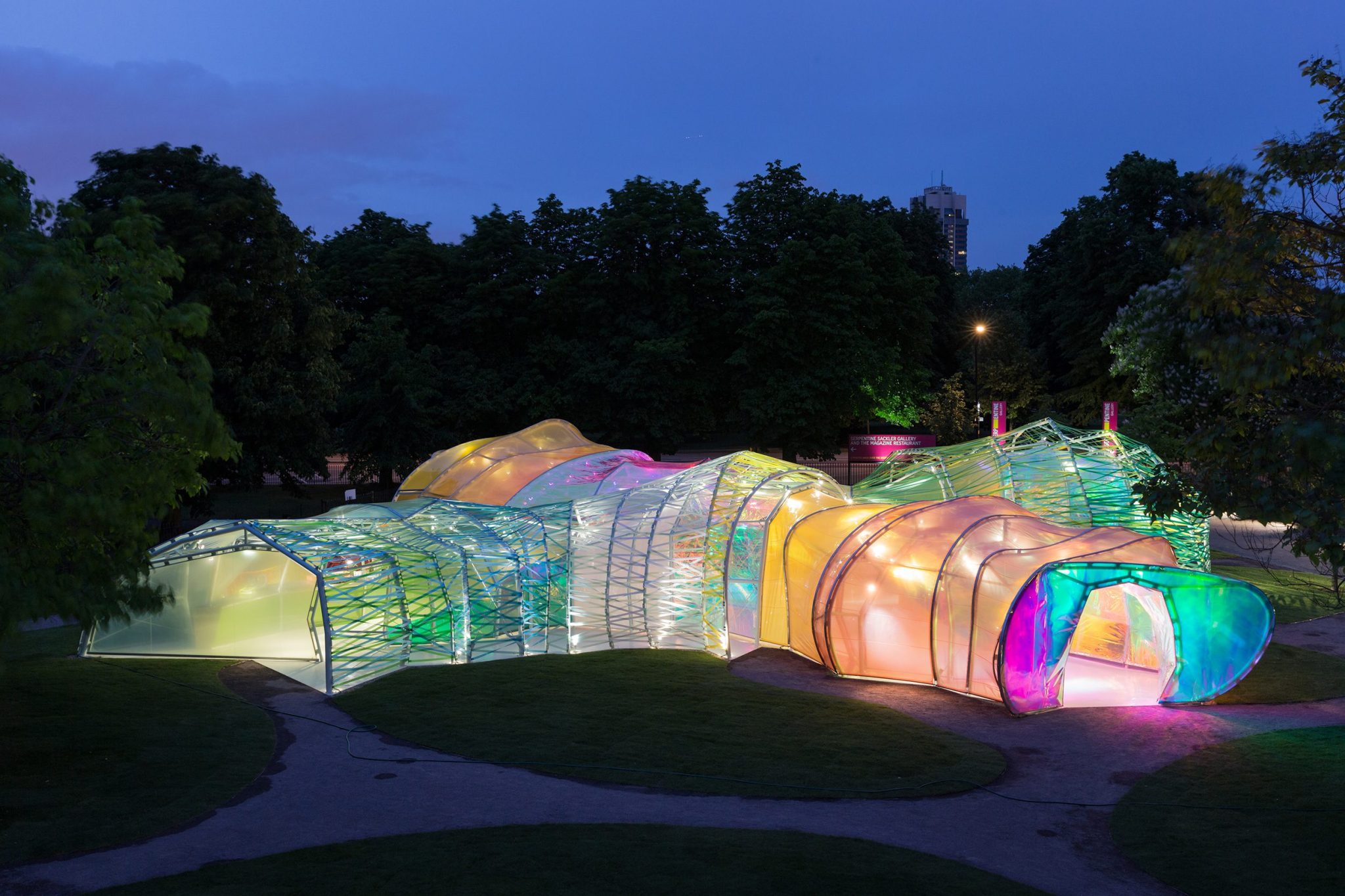
Wozoco Apartments, MVRDV
Colorful balconies add a playful identity to the building. The monotonous mass of the building is broken up by vibrant colors, adding dynamism and lending a unique expression to the housing typology. Color isn’t just a visual element here; it conveys a sense of joy, movement, and individuality in life.
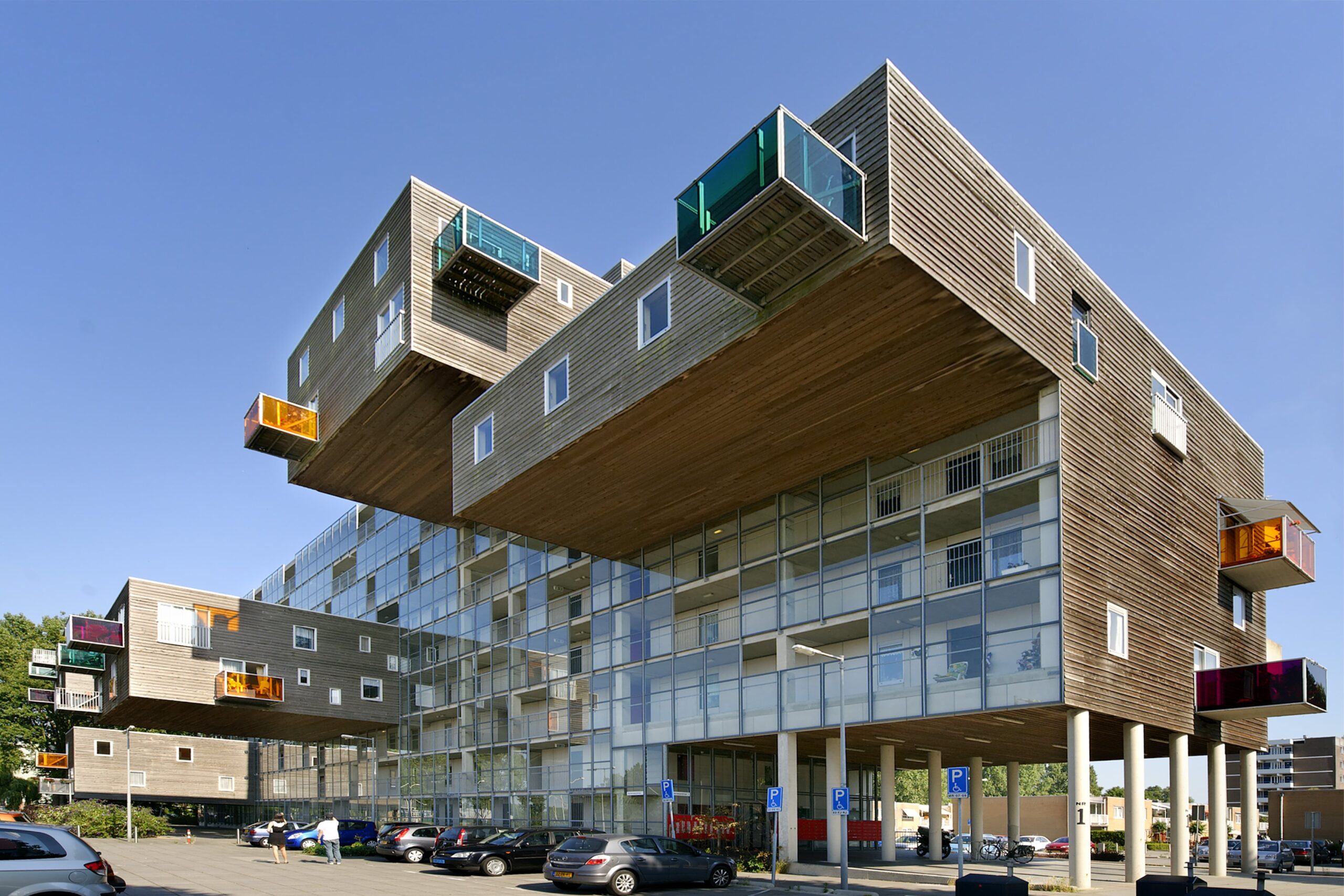
La Muralla Roja, Ricardo Bofill
This building is one of the most powerful examples in architecture of creating identity through color. The varying shades of red, pink, and blue blocks not only distinguish the building from its surrounding context but also serve as a visual memorial. Colors are not merely decorative; they also determine the separation of volumes, orientation, and spatial perception. Bofill’s radical interpretation of Mediterranean architecture is one of the rare examples where color integrates with the building’s language and conveys its identity.
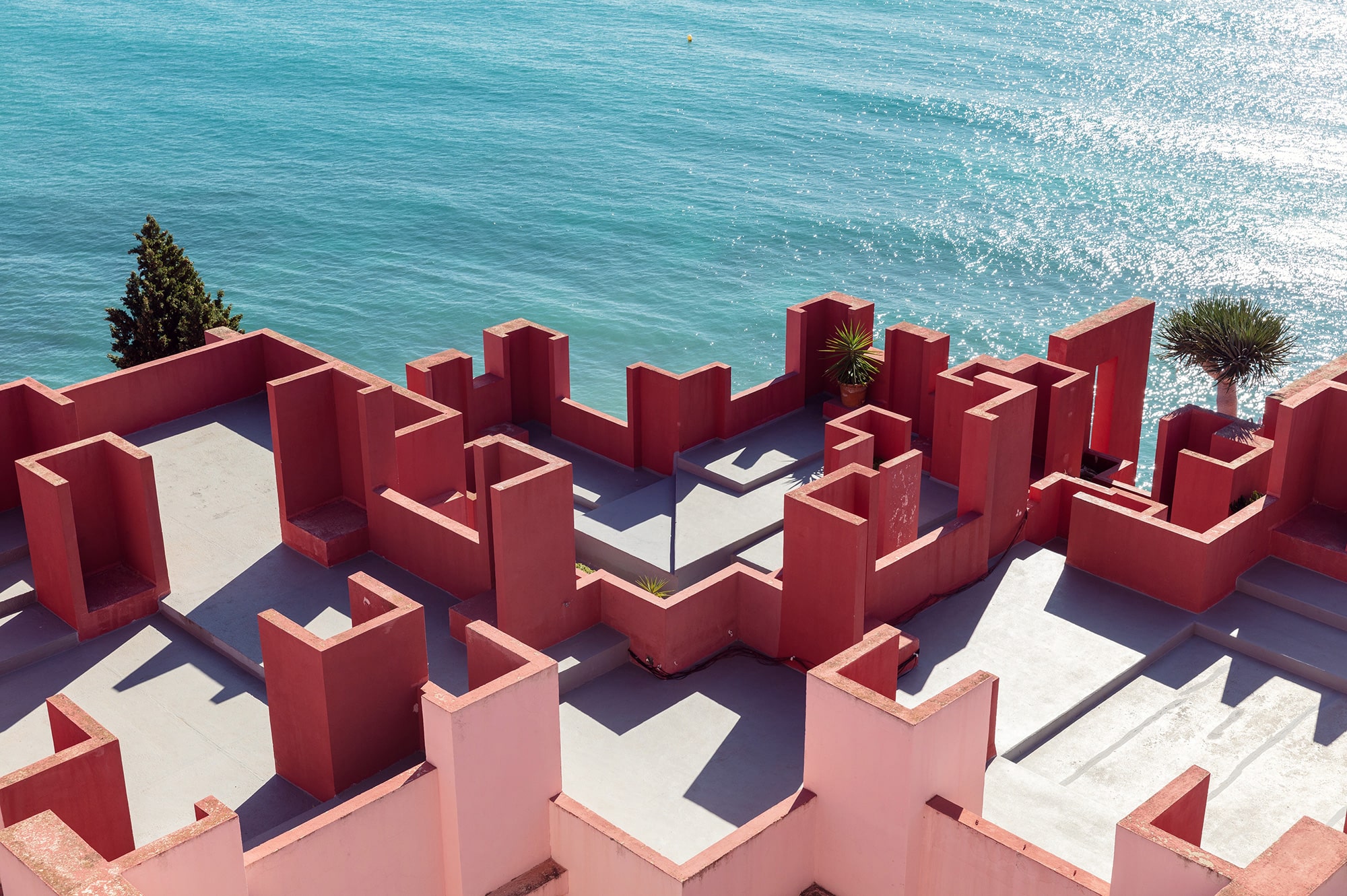
Playful and Interactive Color in Public Spaces
In public spaces, color not only adds visual richness; it also becomes a tool that encourages interaction, establishes social bonds, and invites users into the space. This kind of open spaces designed specifically for children, youth, and diverse age groups, color not only creates a playful atmosphere but also stimulates a sense of discovery. Colorful surfaces soften the boundaries of space, providing a more inclusive and accessible experience. Material selection is as much as critical for interactive public spaces.
Boulder Park, XISUI Design
Colorful 3D-printed modules create interactive spaces for children in this park. The park not only offers opportunities for physical play, it transforms into a learning and exploration space that sparks children’s curiosity through the bold use of color. Colors help recognize different functions and enhance the evocative power of the space. 3D organic forms and vibrant hues combine to redefine the traditional concept of a playground. In this project, color is a tool that brings fun and interaction to the center of architectural design.

Material as Color: Pigment through Substance
In architecture, color can be considered not only a paint applied to facade but also a natural characteristic of the material used. The texture, tone, and pigment of the facade material directly influence the character of the building and its relationship with its surroundings. In this approach, color becomes a structural component of the building. In this way, architectural design emphasizes the naturalness and authenticity of the material, creating both an aesthetic and cultural layer of meaning. Color deepens the narrative of the building and enriches the spatial experience.
Museum of Troy, Yalin Architectural Design
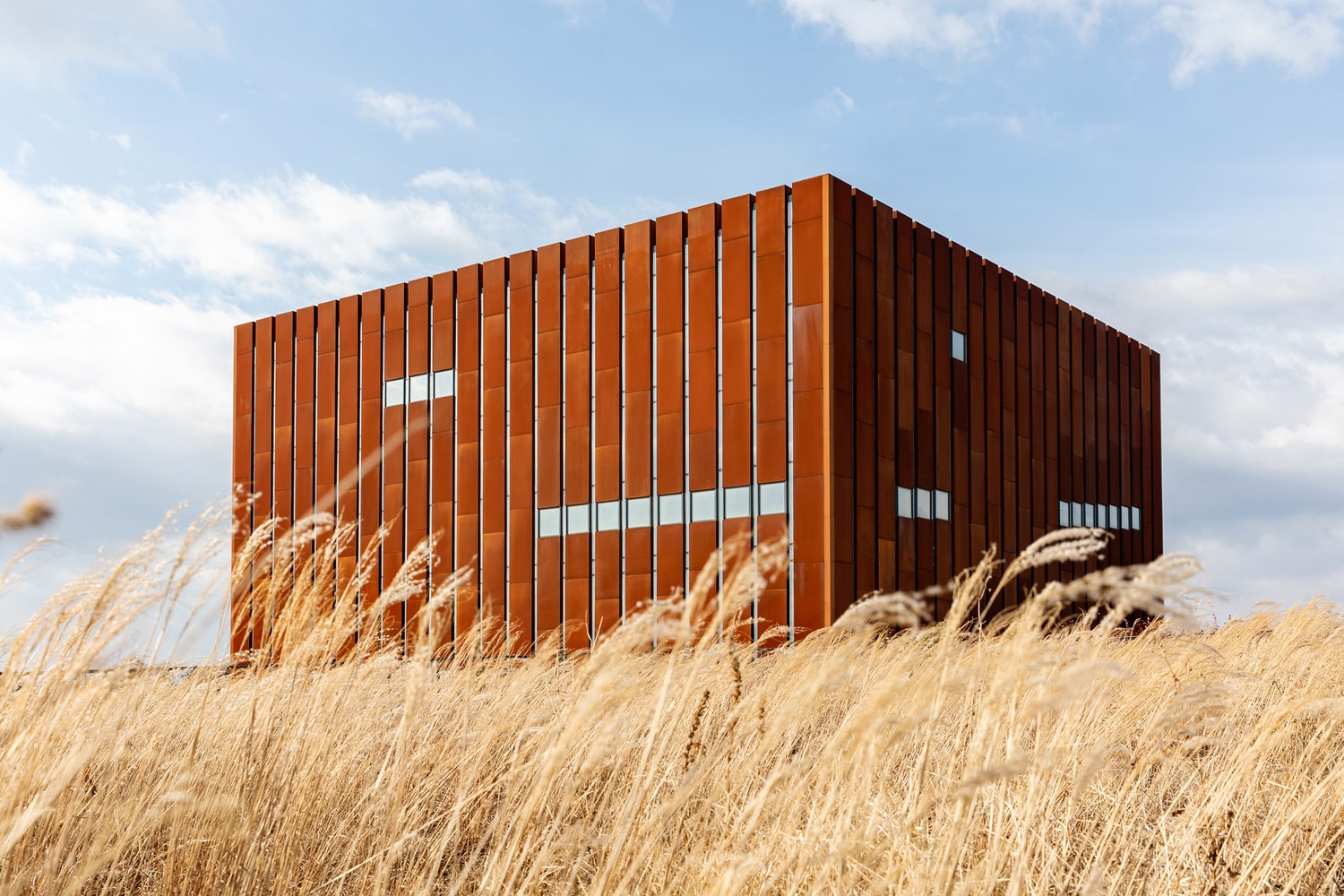
The facade of the Troy Museum is an example of a design that prioritizes the natural color and texture of the material, producing color as a durable production. The facade material is a specific metal (corten) like coated shell that rusts in time representing the connection between past and present.
- architectural color schemes
- architecture color theory
- artistic architectural designs
- building color concepts
- buildings that speak
- color and architecture integration
- color in architectural design
- color psychology in architecture
- color-based architectural concepts
- colorful architecture design
- colorful building projects
- colorful urban architecture
- creative building colors
- experiential architecture colors
- expressive building colors
- impact of color on architecture
- innovative color architecture
- modern colorful buildings
- unique building colors
- vibrant building designs
- visual storytelling in architecture
Submit your architectural projects
Follow these steps for submission your project. Submission FormLatest Posts
Useful Tips for Planning A Backyard Layout That Feels Spacious
Creating a backyard that feels spacious can transform your outdoor experience, making...
American Architecture Styles That Shaped a Nation
Explore American architecture styles from Colonial to modern—key features, icons, and timelines...
How Environmental Planning Shapes Modern Architecture in Houston
Houston does not design buildings in a vacuum. Every structure rises inside...
Smart Steps for Repairing Your Garage
Keeping your garage safe and reliable is mostly about steady habits and...






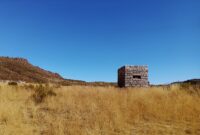

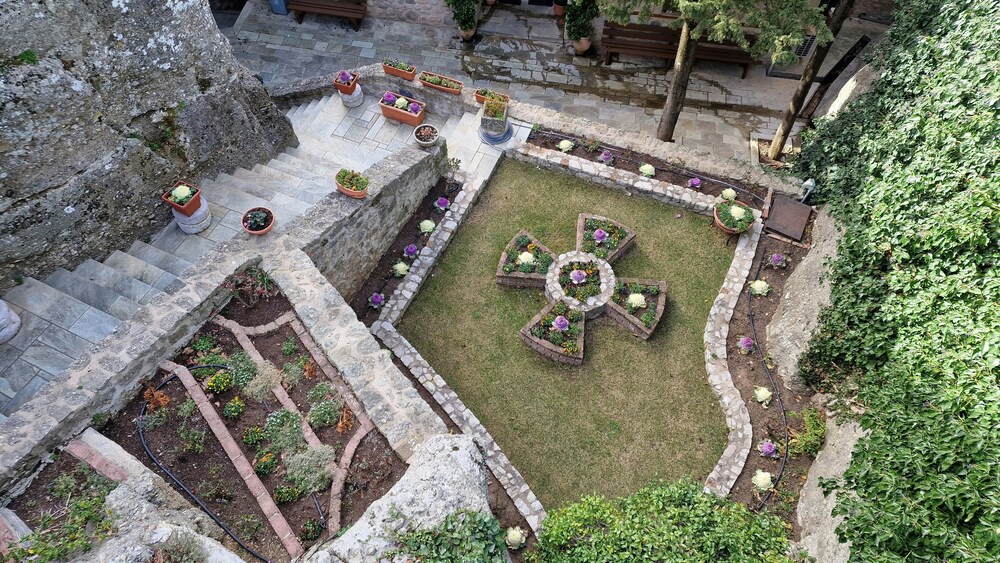
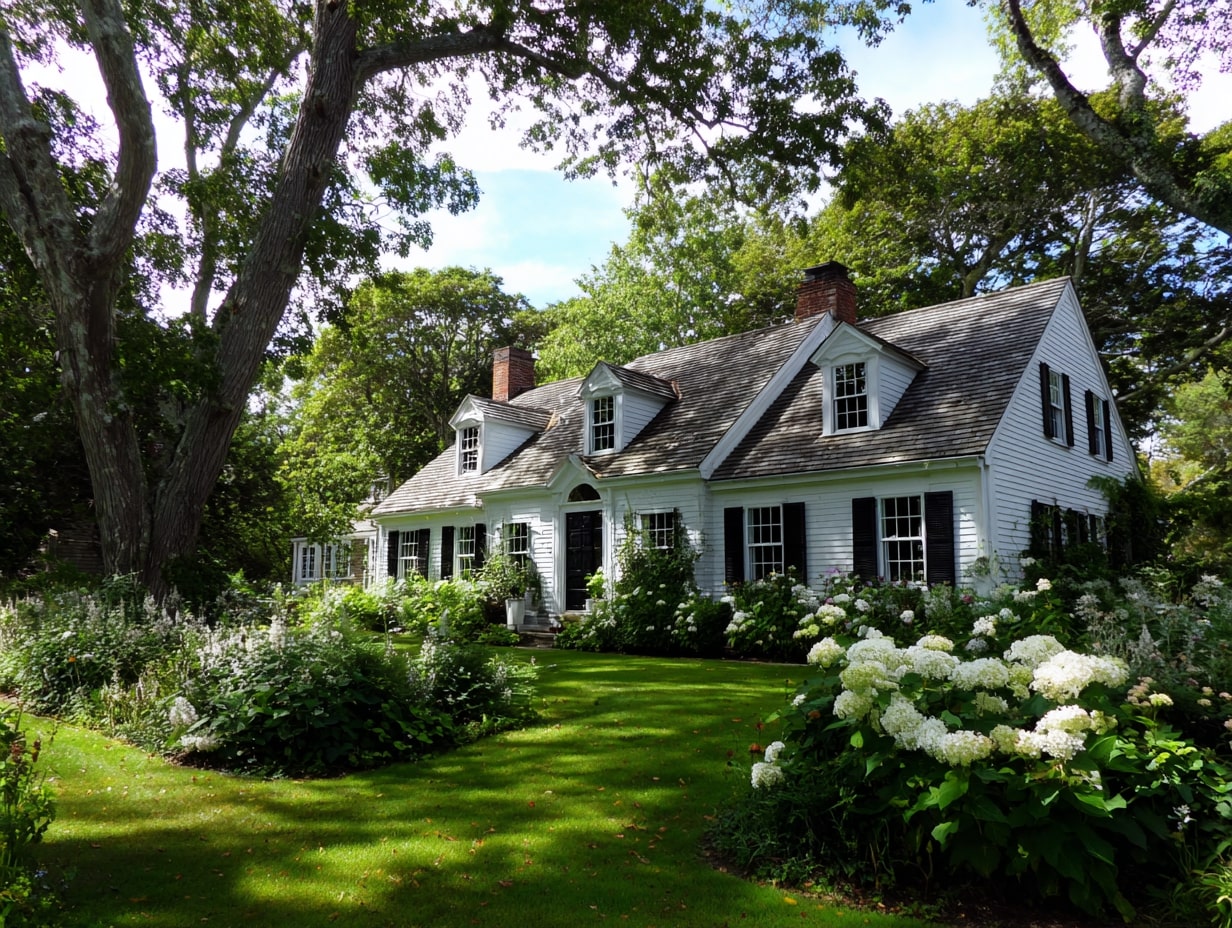


Leave a comment